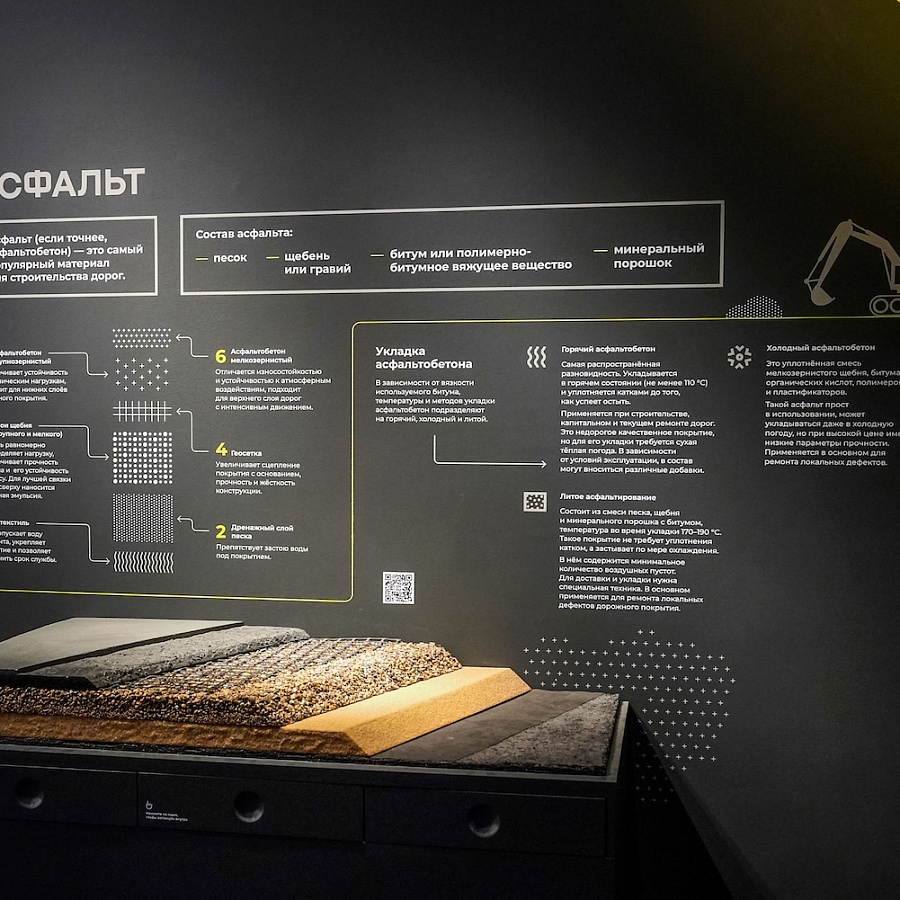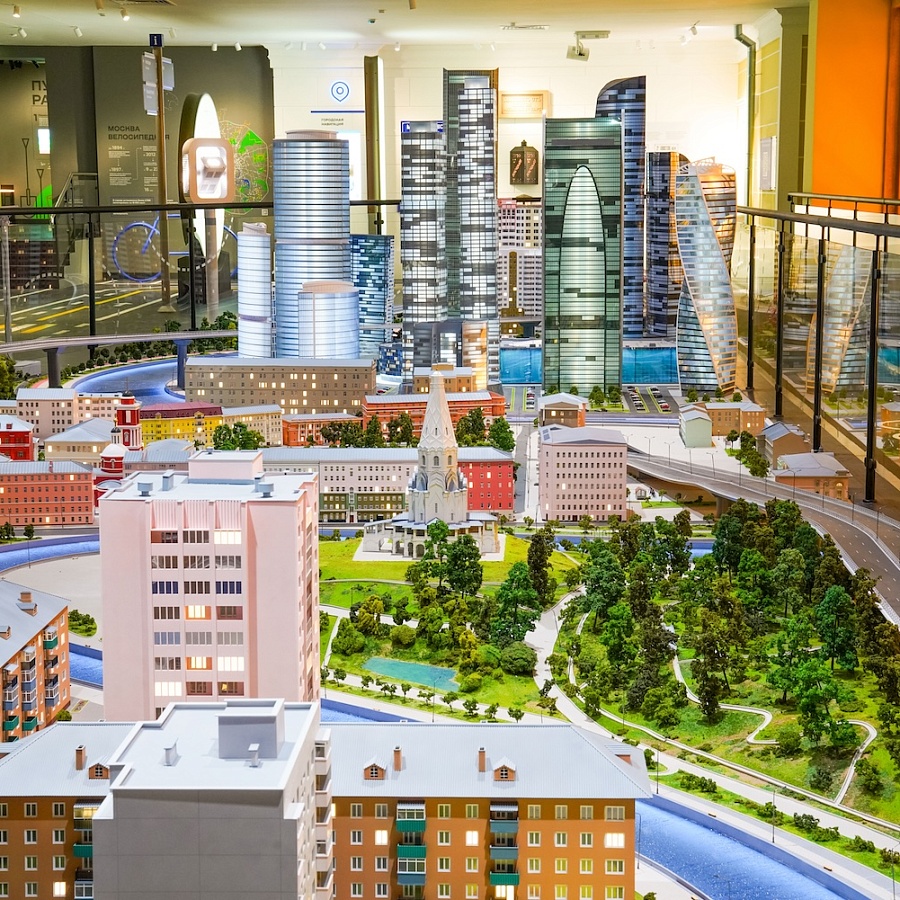
How the Sewer System and Treatment Facilities Work
"Mosvodokanal" is responsible not only for the city's water supply but also for wastewater treatment.
Where does the water go when it disappears down the sink or toilet? It enters the sewer system.
The sewer system performs a crucial function of the city's ecological shield and ensures sanitary safety.
Modern Moscow's sewer system is an extremely complex engineering network without which the city couldn't function. All wastewater from across the city is collected at treatment facilities—Kuryanovskie, Lyuberetskie, South Butovo, and Zelenograd stations. Pipelines, channels, and collectors extend underground for over 8,000 km.
At treatment facilities, water is purified and disinfected. After undergoing a full cycle of biological treatment, it returns to where humans took it from—natural water bodies.
The wastewater purification process is as complex as preparing water for the supply system. Using the Lyuberetskie treatment facilities as an example, let's see how it works.
Upon arrival at the treatment facilities, water first passes through grates that remove large debris. The sewer can contain all sorts of items—rags, newspapers, wrappers, plastic bags, cigarette butts, and other trash. The mechanisms of the grates especially suffer from wet wipes, often flushed down toilets. In sewer collectors, they tangle and form massive clogs that hinder treatment facility operations. But this shouldn't happen. Trash should be thrown into garbage bins, not flushed down toilets or sinks.
After removing large particles, the water enters sand traps. Here, sand, gravel, stones and other solid waste settle to the bottom.
Next, the water moves to primary settling tanks—circular structures where water barely moves. Settled sludge at the bottom is collected by mechanical scrapers.
After the settling tanks, the water undergoes the most complex and interesting process—biological treatment. It enters aeration tanks where bacteria, known as activated sludge, reside. Activated sludge consumes organic substances present in the water, resulting in complete biological purification. As the bacteria consume nutrients, they grow and increase in volume, so some of the sludge is periodically removed to prevent overfilling.
Water exiting the aeration tanks is separated from the activated sludge in secondary settling tanks and then moves on to disinfection. Here, ultraviolet light removes any remaining microorganisms.
You may have noticed that at each purification stage, sludge is removed from the water. Where does all this removed material go?
A separate complex handles sludge processing. Initially, the sludge enters digesters—special facilities where it's fermented by methane-producing bacteria. This process releases biogas, a valuable fuel used to generate heat and electricity.
After digestion, the sludge moves to dewatering. Centrifuges squeeze the sludge, much like a washing machine spins laundry. The resulting sludge is safe, dry, and crumbly, suitable for use as fuel.
We've explored how the city handles water purification. To learn how solid household waste is managed, proceed to the next section.
-
The audio guide isn't playing. What should I do?
• Check the Device’s Sound. Ensure that your device’s volume is turned on and set to an adequate level.
• Check Your Internet Connection. Streaming audio requires a stable internet connection.
• Refresh the Page. Sometimes, simply refreshing the webpage can resolve the issue.
• Use a Different Browser. Try opening the page in another browser (e.g., Chrome, Firefox, Safari).
• Clear the Browser’s Cache. Go to your browser settings and clear the cache and cookies.
• Update Your Browser. Make sure you are using the latest version of your browser.
• Restart Your Device. Sometimes, a simple reboot can solve the problem.
-
The video with subtitles isn't loading or playing
• Check Your Internet Connection. The video requires a stable connection to load properly.
• Check for Updates. Ensure that your browser is updated to the latest version.
• Enable JavaScript. Some video features require JavaScript to be enabled. Check your browser settings.
• Disable Ad-Blocking Extensions. Sometimes, ad blockers can interfere with video loading. Try disabling them temporarily.
• Try Another Browser or Device. This can help determine if the issue is related to a specific browser or device.
• Restart Your Device. Sometimes, a simple reboot can solve the problem.

 (1).png)
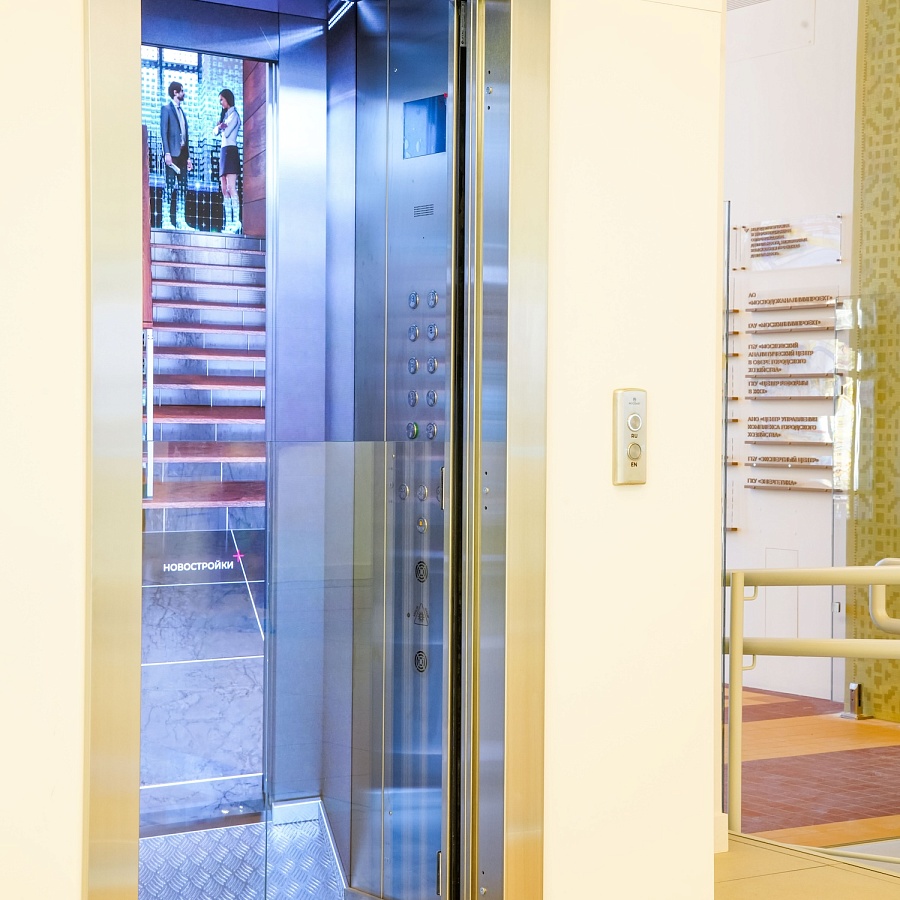

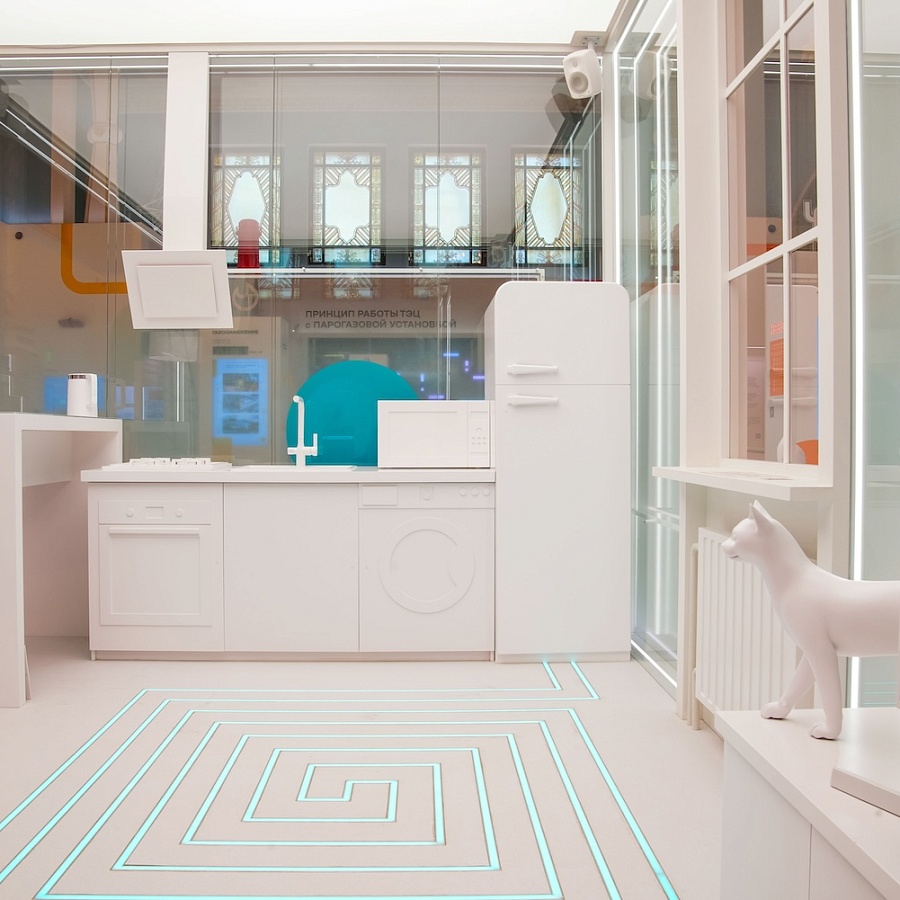

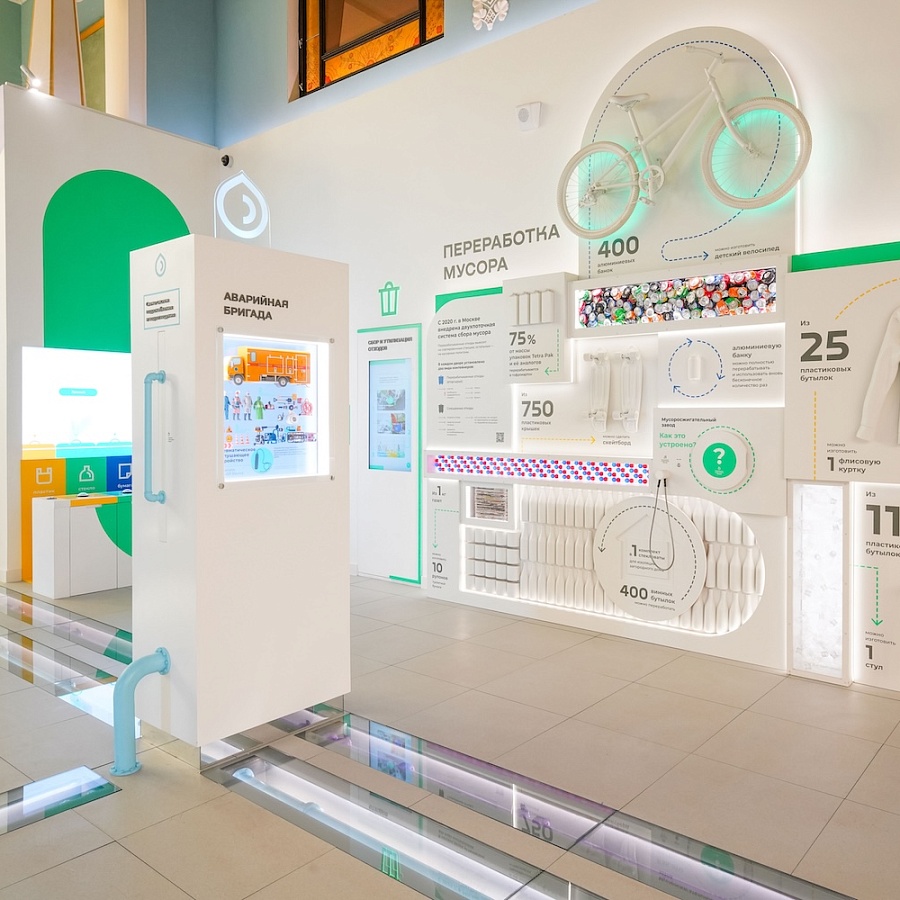
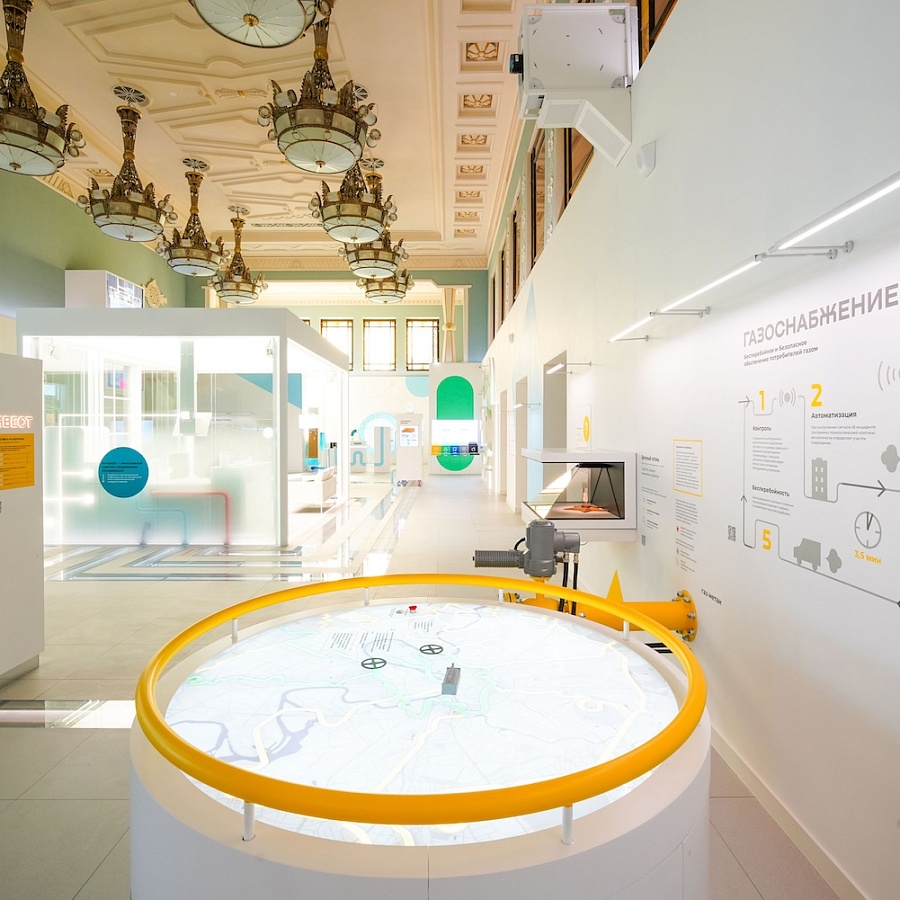
.jpg)


